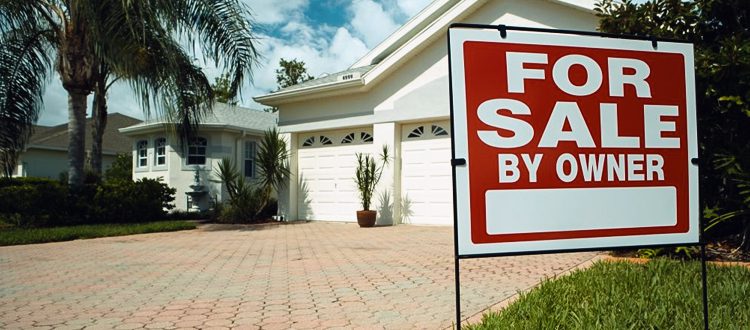Anyone who has helped an elderly relative make the move into aged care knows that it can be a traumatic experience. It involves a move from the familiar – a home that a loved one may have lived in for decades – to the unfamiliar, a care facility with many residents and staff. On top of that, there are substantial fees to be paid.
The biggest fee, the accommodation payment, usually exceeds $300,000 when paid as a lump sum. Not surprisingly, when that sort of cash is not available, many people believe the only way to pay this fee is to sell the family home. That prospect can add further stress to the situation.
Fortunately the system allows for much greater flexibility than this. While you can make a lump sum up-front payment in the form of a bond, called a Refundable Accommodation Deposit or RAD, you also have the option of paying a Daily Accommodation Payment, or DAP. This is similar to paying rent. Importantly, you can elect to pay any combination of the RAD and DAP. Depending on overall financial circumstances, the DAP makes it viable for many people to retain the family home when going into aged care.
There are a number of reasons why this may be desirable.
While it’s unlikely, knowing that there’s a home to return to if aged care doesn’t work out can make it that little bit easier and less stressful to make the move. Renting the home will generate an income stream that will help to pay the DAP. If the property market is running hot there’s an opportunity to capture further capital gains on the property. Or there may be estate-planning objectives that depend on retention of the home.
However, with the flexibility comes complexity. Whether you keep or sell your home has income tax, age pension, aged care cost and capital gains tax implications. For example keeping the home and renting it out may generate taxable income. The proceeds of selling the home will count towards the age pension assets test. A RAD is exempt from the age pension assets test, but it is counted as an asset when calculating the means-tested aged care fee.
The need for aged care can arise suddenly and unexpectedly, and while it may not be possible to make detailed plans in advance it will pay to have a good idea of the options available and their various pros and cons. Your financial adviser will be able to help you understand the alternatives available to you.






